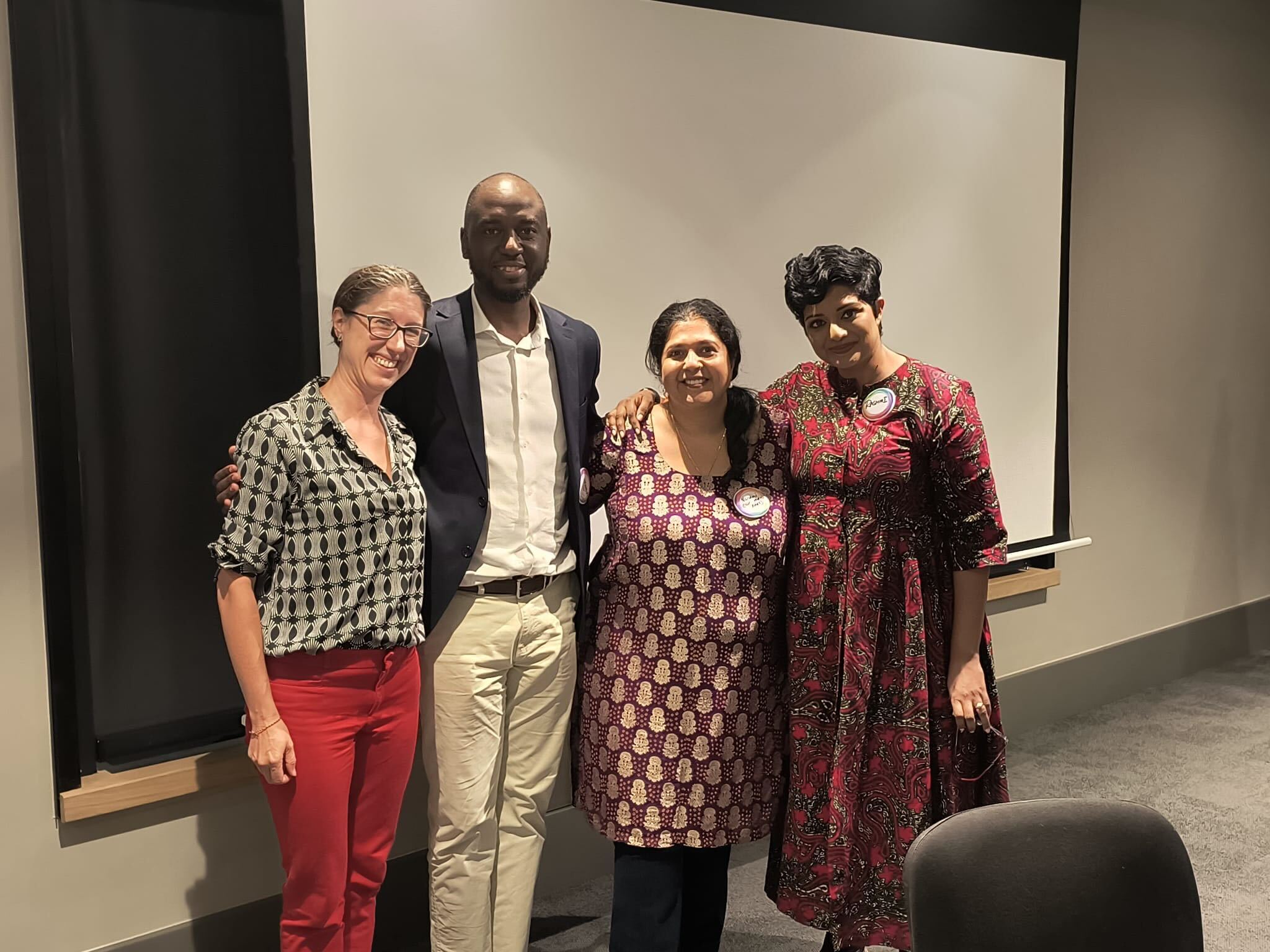
On 26th October 2024, our Executive Director, Lukonga Lindunda, had the privilege of co-facilitating an insightful panel discussion at the #InterledgerSummit2024 in Cape Town, South Africa. Alongside experts Nandini Harihareswara, Rashmi Pillai, and Jaclyn Carlsen, the conversation centered around the question: Is Digital Public Infrastructure (DPI) inherently gender-neutral?
Key Takeaways:
Broad Design, Gender Impact:
DPI systems, such as India’s UPI, Aadhaar, and Brazil’s PIX, were designed with universal access in mind. These systems have proven to be transformative in enhancing financial inclusion for women. Universal design principles are powerful tools for ensuring broader accessibility, especially for underserved communities.
The Role of Governance:
While DPI systems aim to be inclusive, policies like Know Your Customer (KYC) requirements can introduce gender biases that limit access. The discussion highlighted how these policies, depending on their design and implementation, can either empower or restrict access for different groups.
Last-Mile Access Through Universal Design:
Ensuring that DPI systems are accessible to users with low literacy levels or limited internet access is crucial. Features such as simplified interfaces, multilingual support, and USSD options are essential to ensuring that all users, regardless of their technological capabilities, can benefit from digital services.
Tackling Societal Barriers:
Beyond technological barriers, societal norms and literacy gaps continue to impact the adoption of DPI systems. The panel emphasized the importance of collaboration between the public and private sectors to address these challenges and create truly inclusive systems.
At BongoHive Consult, we are committed to advancing inclusive Digital Public Infrastructure across Zambia and Africa. We believe in the power of technology to empower individuals and communities, and we will continue to work towards building a digital future that is accessible and equitable for all.
We thank everyone who participated in this important conversation and encourage continued efforts to drive digital inclusion and gender equity in technology.
 BongoHive
BongoHive